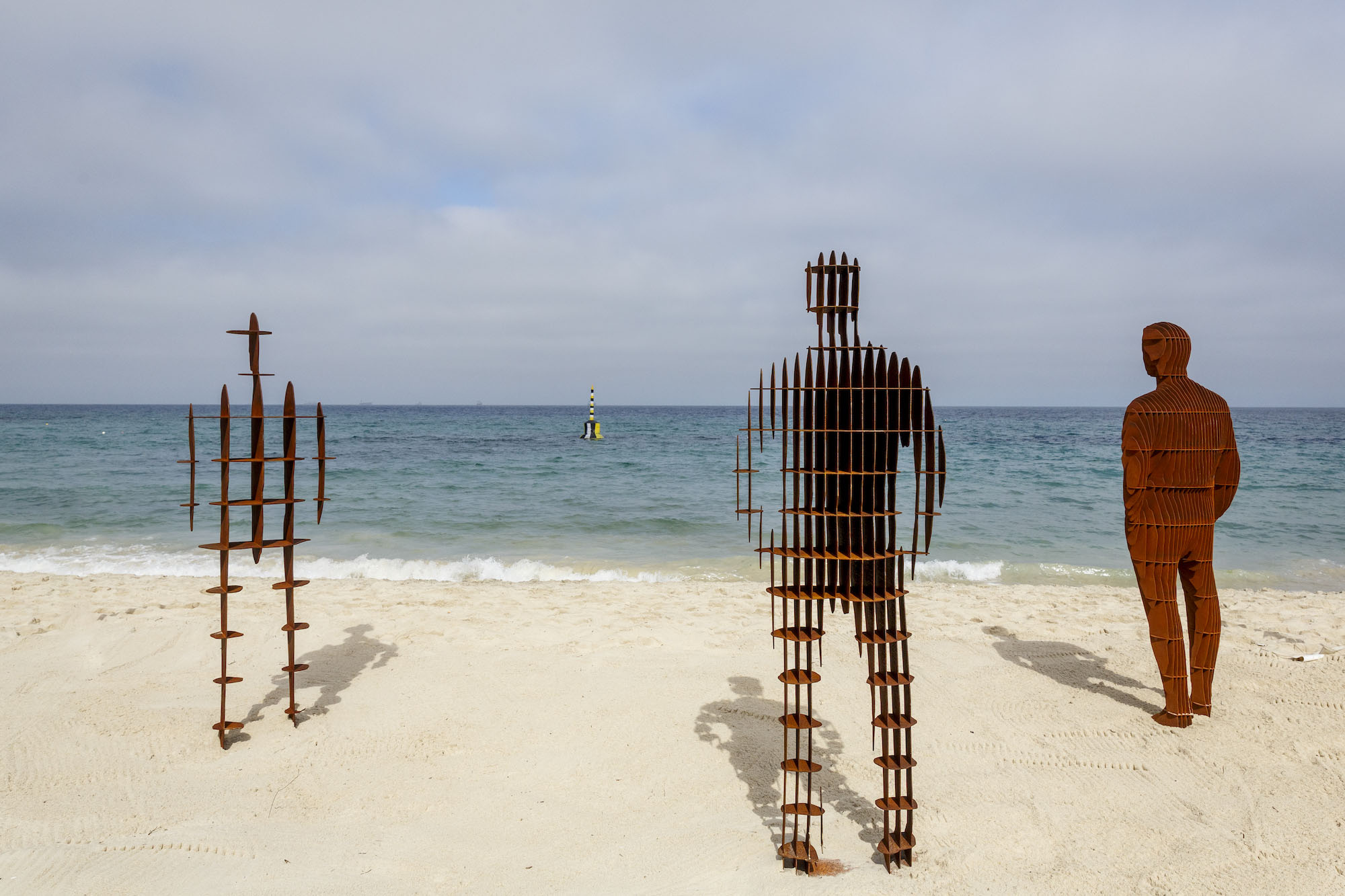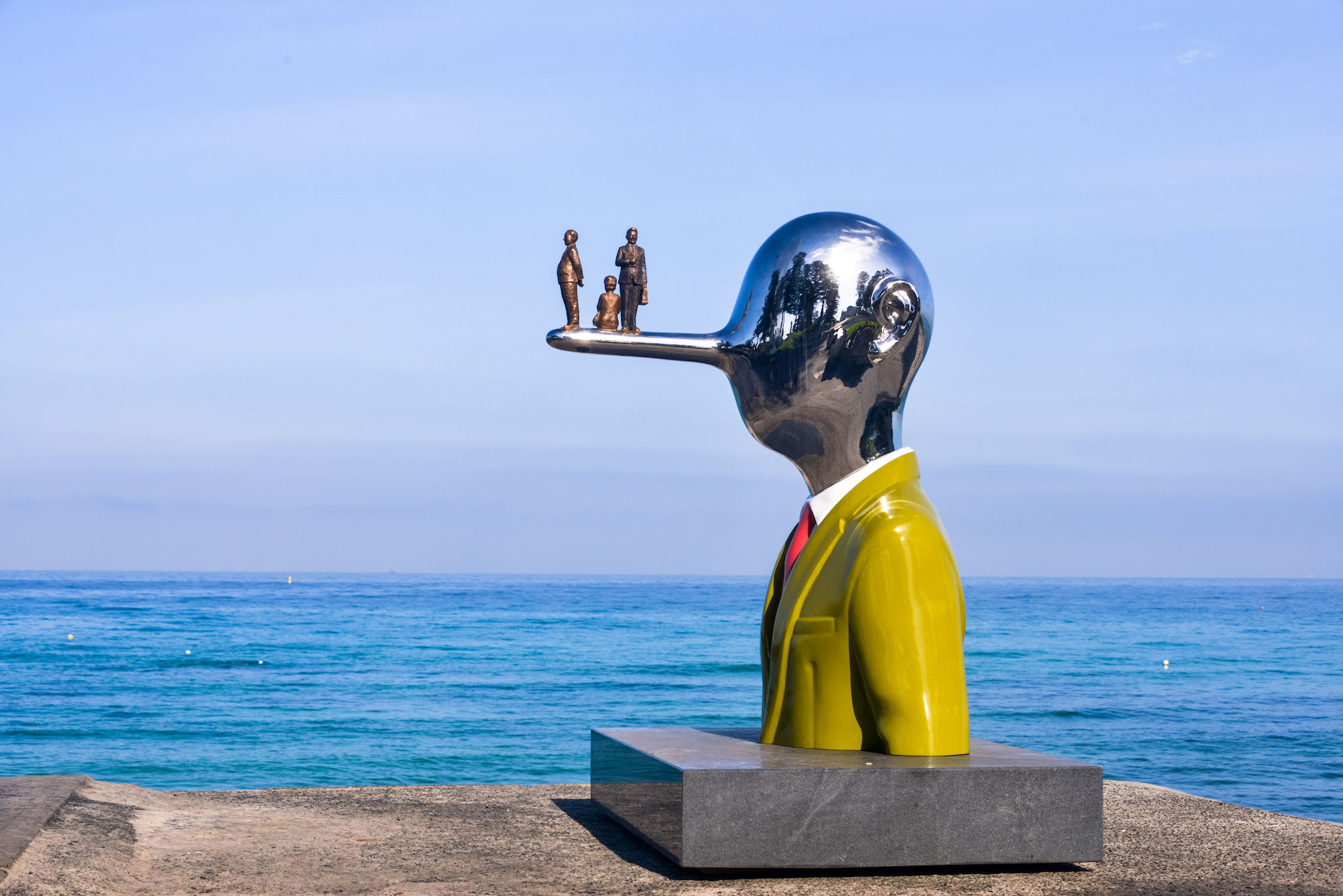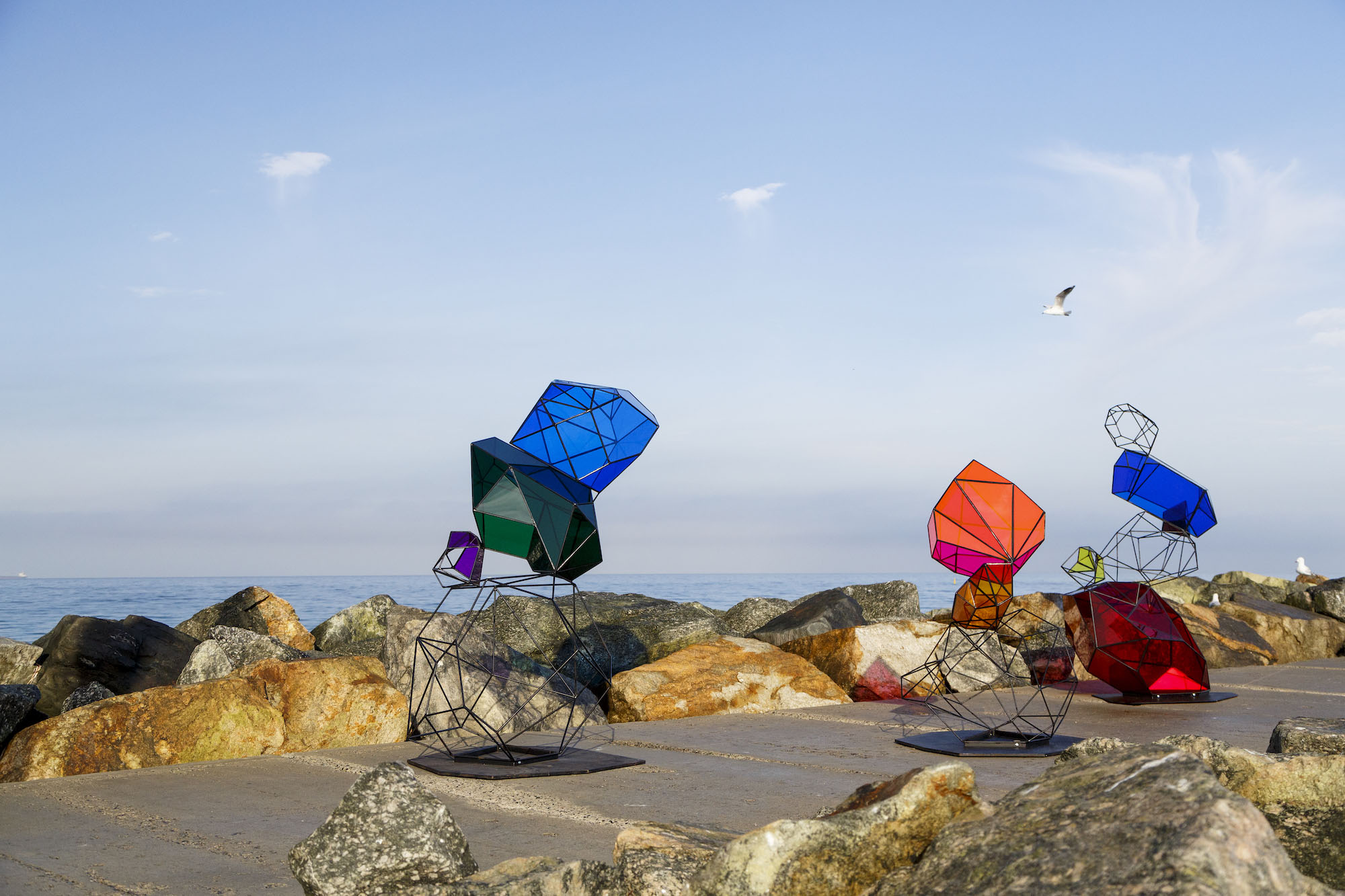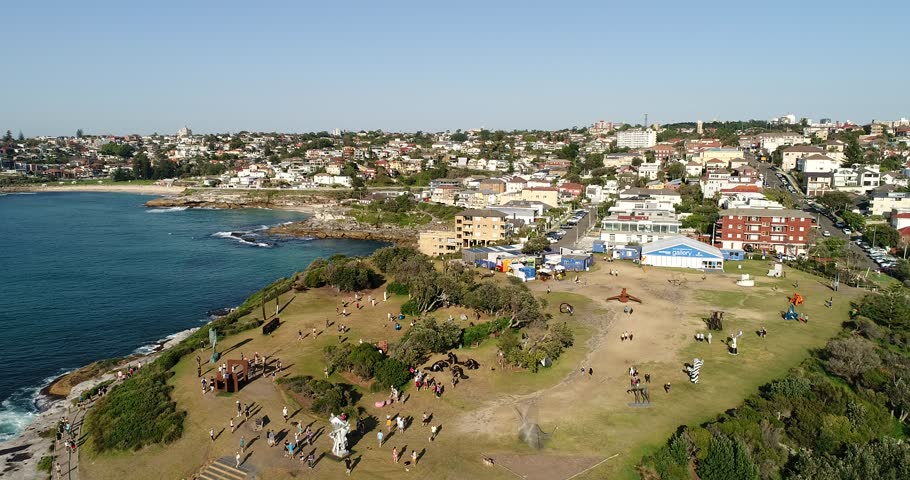With the 23rd annual Sculpture by the Sea already in motion onlookers from all over the world are gathering to the world’s largest free to the public sculpture exhibition.

The two kilometre coastal walk between Bondi and Tamarama is proudly showcasing 111 sculptures at this year’s Sculpture by the Sea exhibition. Since its inauguration in 1997 Sculpture by the Sea has been a significant showcase of connecting art with the general public. When onlookers flock to the exhibition, the walk between Bondi and Tamarama is a surreal experience.
Each year onlookers are entranced by these man made monoliths that are situated along the coastal walk to challenge, provoke and question. With the beautiful backdrop of sand and sea juxtaposed with strange looking objects, one could say the combination of art and nature takes the existential approach that we as a human race value the importance of individualism.

In this year’s exhibition however the value of freedom and free art is facing jeopardy from propositions requested by the Waverley Council. According to the Sculpture by the Sea webpage, Waverley Council’s decision to build a 279m long by 1.8 metre wide concrete path around Marks Park on the south Bondi headland is set to put the annual Sculpture by the Sea, Bondi at risk and strip its reputation as one of the best public art showcases on an outdoor environment. According to Broadsheet.com Sculpture by the Sea attracts a global 450,000 audience each year.

This wide concrete path, situated on Marks Park, is planned to become an open space for public recreational exercise. This has caused an abrupt backlash between Waverly Council and Sculpture by the Sea organisers with founder David Handley arguing:
“This is about the artists, what inspires them and what they give to the rest of us at their cost. If we take away what inspires the artists as night follows day the artists won’t submit major works or want to exhibit next to things like the gyms.”
Adding to the debate, the Chair of Sculpture by the Sea, Alice Spigelman AM, argues, “The world’s largest, free-to-the-public outdoor sculpture exhibition will be significantly diminished for all visitors forever.”
Spigelman’s point draws on the notion that if Sculpture by the Sea loses its prime location, there will be a significant loss of cultural, artistic, and economic benefits to the local community.
A great portion of economic benefit gained from members of the community and of tourism would falter, with statistics collected by the Sydney Morning Herald Sculpture by Sea collects a revenue of $40 million annually to the NSW economy.

The future setting for Sculpture by the Sea remains uncertain. With propositions already calling the exhibition to move to Manly next year. This move can only suggest the massive loss of showcasing a great array of art in one of Australia’s prime locations.
The fight between organisers of Sculpture by the Sea and Waverly Council will continue after this year’s exhibition come to a close. The fight for free art and contribution from artists around the world in Sydney’s remarkable Bondi and Tamarama continues.
The exhibition is open to the public from the 24th of October to the 10th of November.
For more info on this year’s Sculpture by the Sea click here.
Subscribe to FIB’s newsletter for your weekly dose of music, fashion and pop culture news!







